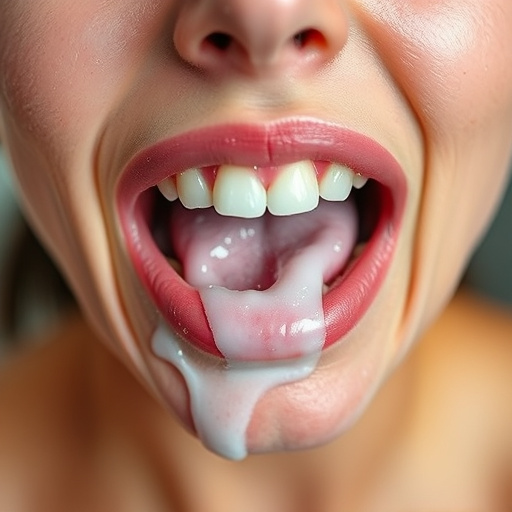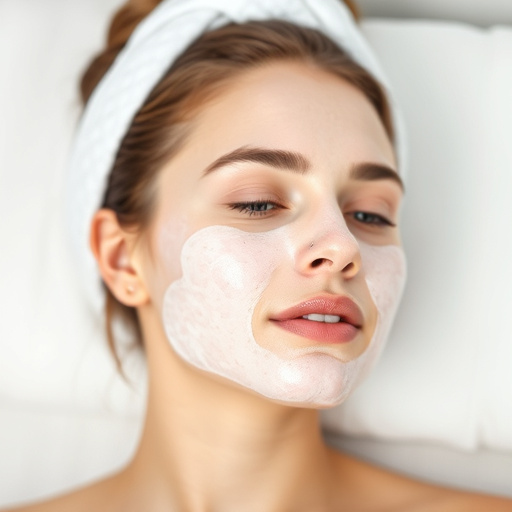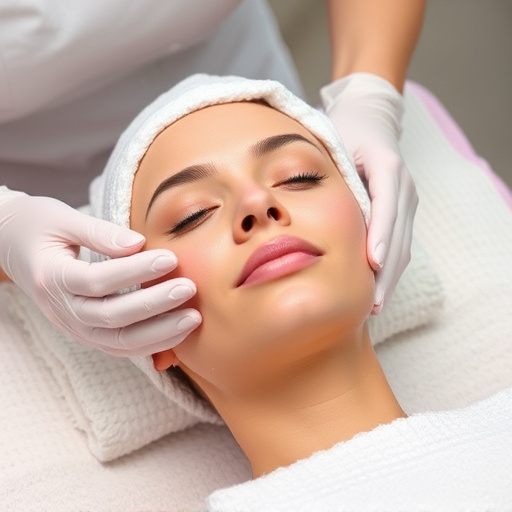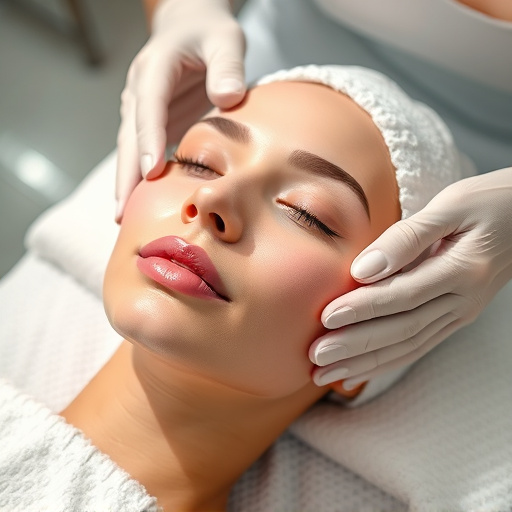Lactic acid peels, derived from milk, offer a gentle yet powerful skincare solution for all skin types. They exfoliate, improve texture, reduce fine lines, enhance brightness, and hydrate, making them an excellent anti-aging alternative to harsher treatments like glycolic acid or microneedling. Compared to chemical peels, lactic acid peels are gentler and more nourishing, stimulating collagen production while gradually removing dead skin cells. Suitable for sensitive skin, they promote skin health through exfoliation, unclogging pores, and improving texture, making them a popular medical spa service. Individual results may vary, with potential temporary redness; consultation with a professional is crucial to determine peel strength for optimal outcomes.
“Unveil your skin’s radiant potential with a deeper look into lactic acid peels—a gentle yet powerful exfoliant. This article explores how lactic acid peels stack up against other exfoliants in the market. From understanding the science behind its functionality to comparing its effects with chemical alternatives, we uncover the benefits and considerations for achieving optimal skin health. Dive into this comprehensive guide to discover why lactic acid peels are a game-changer in skincare.”
- Understanding Lactic Acid Peels: A Gentle Exfoliant
- Comparison: Lactic Acid vs Chemical Exfoliants
- Benefits and Considerations for Skin Health
Understanding Lactic Acid Peels: A Gentle Exfoliant

Lactic acid peels are a gentle yet effective exfoliant that has gained popularity in the skincare world. This natural alpha hydroxy acid (AHA) is derived from lactic milk, making it suitable for various skin types, even sensitive ones. Unlike harsher chemicals or physical scrubs, lactic acid gently sloughs off dead skin cells, revealing smoother and brighter-looking skin. It works by penetrating the epidermis, breaking down the glue-like substances that hold dead skin in place, allowing for a gentle yet powerful exfoliation.
This type of peel is often preferred over more aggressive exfoliants like glycolic acid or even microneedling therapy due to its ability to hydrate and nourish the skin while exfoliating. Regular use can improve skin texture, reduce the appearance of fine lines and wrinkles, and enhance overall skin brightness, making it a valuable addition to any anti-aging treatments regimen. Additionally, lactic acid’s moisturizing properties can help maintain the skin’s natural barrier, leaving it feeling soft and supple.
Comparison: Lactic Acid vs Chemical Exfoliants
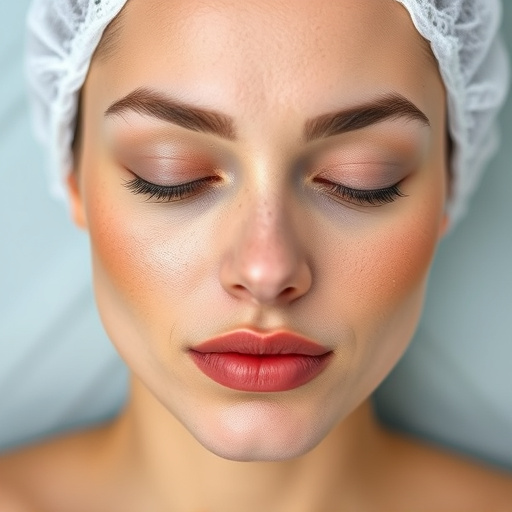
When comparing lactic acid peels to other exfoliants, such as chemical peels, several key differences emerge. Lactic acid peels are often considered a gentler and more nourishing option for the skin due to their alpha hydroxy acid (AHA) properties, which help to gently slough off dead skin cells while encouraging the production of collagen. This makes them ideal for those with sensitive skin or who are new to exfoliation treatments.
In contrast, chemical peels employ stronger acids like glycolic or salicylic acid to chemically dissolve upper skin layers, offering deeper exfoliation. While these can be highly effective for addressing specific skin concerns like acne scarring or fine lines, they may not be as suitable for all skin types and require professional application due to their potency. The choice between lactic acid peels and chemical peels ultimately hinges on individual skin health needs and the level of exfoliation desired, with lactic acid peels being a more gentle yet still effective option in the realm of professional skincare.
Benefits and Considerations for Skin Health
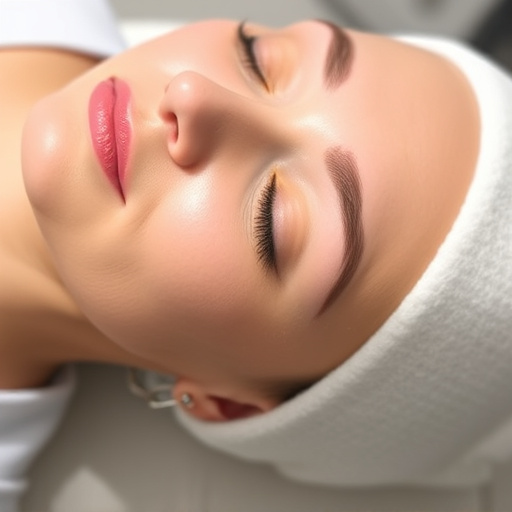
Lactic acid peels offer a unique approach to exfoliation, providing numerous benefits for skin health. This gentle yet effective technique involves applying a solution of lactic acid to the skin, which helps remove dead cells and unclogs pores. One of its key advantages is its ability to enhance skin texture by stimulating collagen production, resulting in smoother, more radiant skin. Additionally, lactic acid peels are suitable for various skin types, even sensitive ones, making them a popular choice in medical spa services.
When considering lactic acid peel as part of your personalized skincare routine, it’s essential to understand its considerations. While generally safe and well-tolerated, individual results may vary. Some users might experience temporary redness or irritation, especially with higher concentrations. It is crucial to consult a professional who can guide you in selecting the right peel strength for your skin needs. Incorporating facial treatments like lactic acid peels into your skincare regimen can be a game-changer, but it requires expertise and customization to ensure optimal outcomes and maintain skin health.
Lactic acid peels offer a gentle yet effective exfoliation method, providing unique benefits for skin health compared to other exfoliants. While chemical exfoliants can be more aggressive, lactic acid’s ability to hydrate and smoothen the skin makes it an excellent choice for those seeking a sensitive-skin-friendly approach. Incorporating lactic acid peels into your skincare routine could revolutionize your skin’s appearance and texture, leaving it smoother and brighter.









